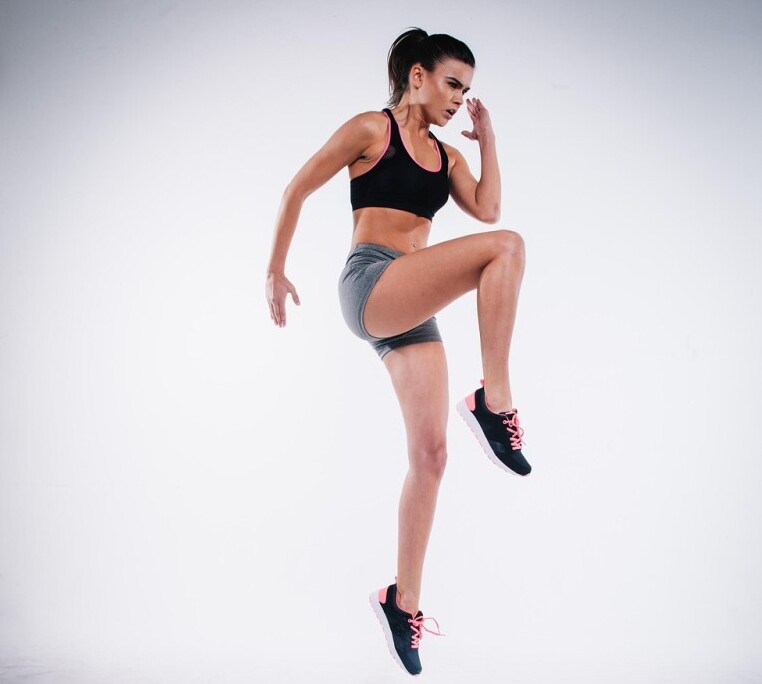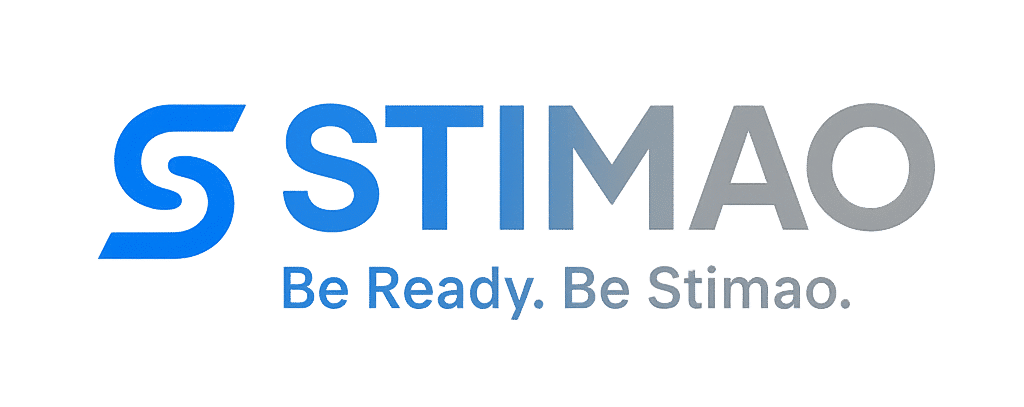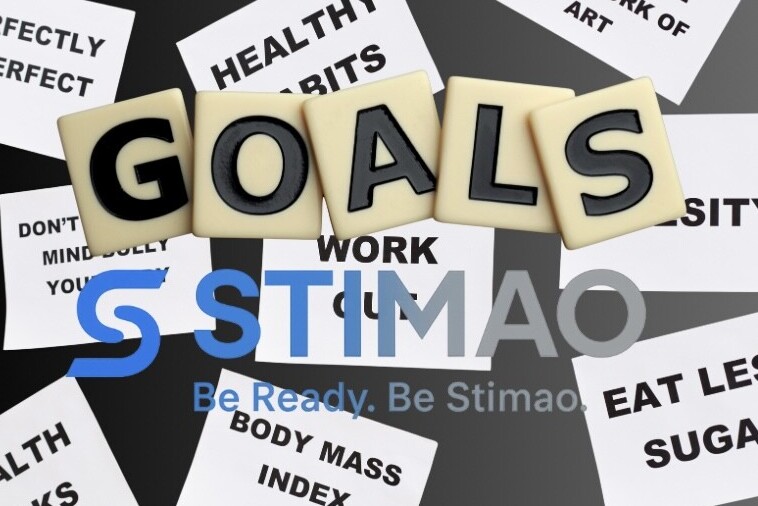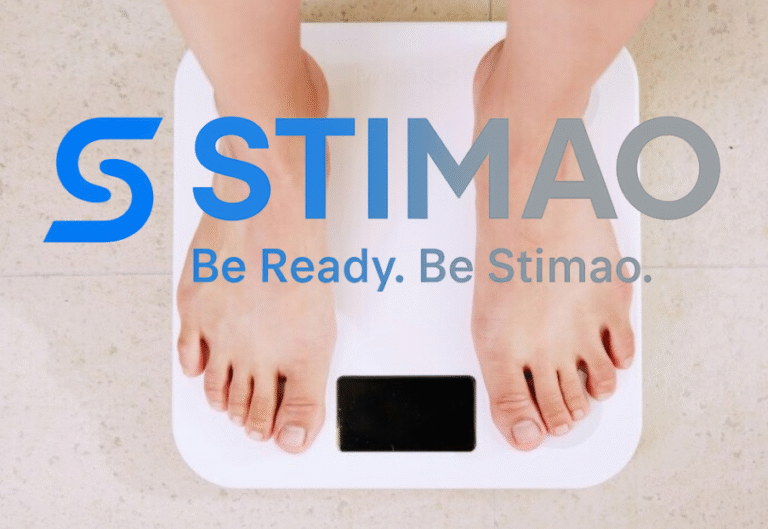 High-Intensity Interval Training, or HIIT, is a powerhouse for those short on time but wanting significant results. It offers a flexible and effective way to get fit by alternating between intense bursts of activity and moments of rest or low-intensity moves. That way, you get to groove to your own rhythm without needing hours at the gym.
High-Intensity Interval Training, or HIIT, is a powerhouse for those short on time but wanting significant results. It offers a flexible and effective way to get fit by alternating between intense bursts of activity and moments of rest or low-intensity moves. That way, you get to groove to your own rhythm without needing hours at the gym.
The effectiveness of HIIT lies in its ability to maximize calorie burn and improve cardiovascular health within a relatively short period. This efficiency makes HIIT a favorite for busy folks looking to stay in shape without rearranging their entire day.
When it comes to effective HIIT intervals, balance is the magic word. The most impactful routines often involve cycles of high intensity around 30 seconds to one minute, followed by rest or lower intensity for another 30 seconds up to two minutes. This pattern keeps your heart rate fluctuating between high and low, helping to boost overall endurance while efficiently burning calories.
Personalization of HIIT intervals is essential because what’s effective can vary from person to person. Beginners might start with a longer rest period and shorter active bursts, while fitness veterans might enjoy challenging their limits with equal active and rest intervals. Listen to your body and adjust your intervals accordingly. This way, you prioritize health and safety while challenging yourself.
Maximizing Time: Is Short-Duration HIIT Enough?
The beauty of HIIT is its flexibility in fitting into tight schedules without compromising on your fitness goals. There’s a common belief that unless you spend hours sweating it out, you won’t see results. However, short-duration HIIT workouts challenge this assumption by highlighting the power of focused and intense effort done right.
When it comes to the question, ‘Is 20 minutes of HIIT per day enough?’, the answer is a resounding yes! With proper intensity and structured intervals, a 20-minute session can provide a solid workout, enough to crank up your heart rate and push your muscles into action. This makes it a perfect match for those trying to balance work and wellness.
Exploring longer sessions, like 30 minutes, naturally extends the benefits of HIIT. They can offer a deeper burn and help improve endurance. For those wondering if 30-minute workouts pack a punch, be assured they do. You get more time to include variety, cycling through different exercises that engage more muscle groups.
On the flip side, even a quick 10-minute HIIT workout can be surprisingly effective. It’s all about maintaining that high intensity, ensuring every move counts. This kind of workout is ideal for days when time is tighter than ever but skipping your routine isn’t an option. The key is not the length but the quality of each interval and your commitment to going all out during those bursts.
Slots for exercise are precious, so fitting these short HIIT sessions seamlessly into your routine can make all the difference. From early mornings before the day starts to quick lunch breaks or post-work cooldowns, strategic timing and consistency can help embed this habit into your lifestyle.
Designing Your Perfect HIIT Routine for a Busy Lifestyle
Creating a HIIT routine tailored to your busy life involves focusing on efficiency and personalization. You want every minute to count and reflect your particular fitness level and goals. Here’s how to shape a workout plan that’s both effective and time-sensitive.
Begin by identifying what you aim to achieve with HIIT. Are you looking to boost cardio, build strength, or perhaps trim down? Each goal might tweak how you set up those intervals and which exercises you choose. Variety helps keep things fresh, so don’t shy away from combining different types of exercises.
A step-by-step guide can simplify crafting your routine. Start by selecting three to five key exercises you enjoy that target different muscle groups, like sprinting, burpees, or planking. These should balance higher and lower intensity intervals while allowing for recovery. You might do something like 40 seconds of work followed by 20 seconds of rest. Repeat this pattern through your chosen set duration, adjusting as needed.
Even though HIIT is fast-paced, warm-ups and cool-downs are crucial. A simple five-minute warm-up can prep your body, whether that’s jogging on the spot or some light stretching. Similarly, cooling down with gentle stretching helps with recovery, reducing the risk of strain or injury.
Finding the right routine and slotting it into a busy schedule means you’re set for consistent improvement. Tweak and change your workouts as your body gets used to them, and keep challenging yourself. With the right attitude and a bit of planning, HIIT can seamlessly become part of your lifestyle. Embrace the variety and effectiveness it offers and see how it can transform your approach to fitness.





